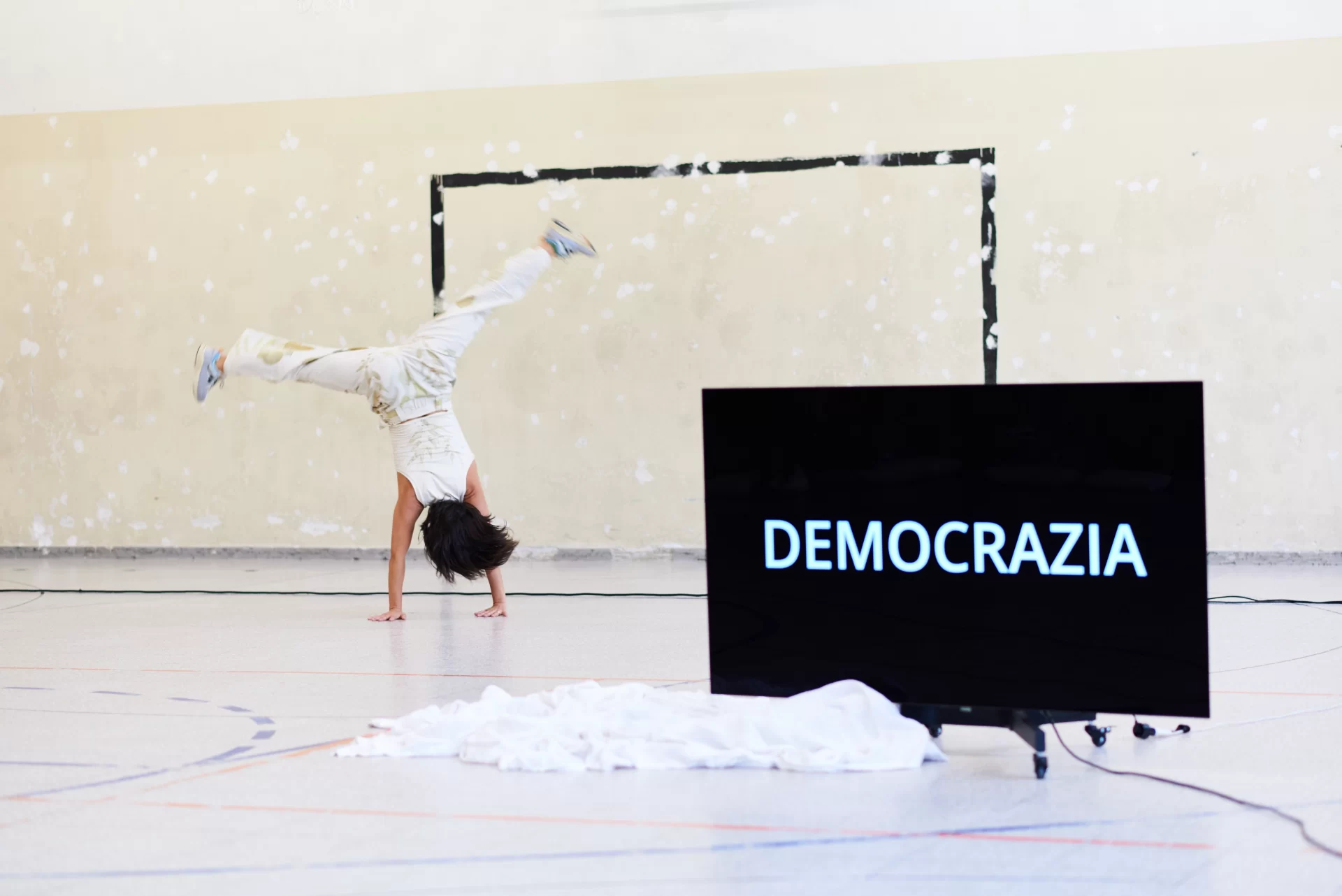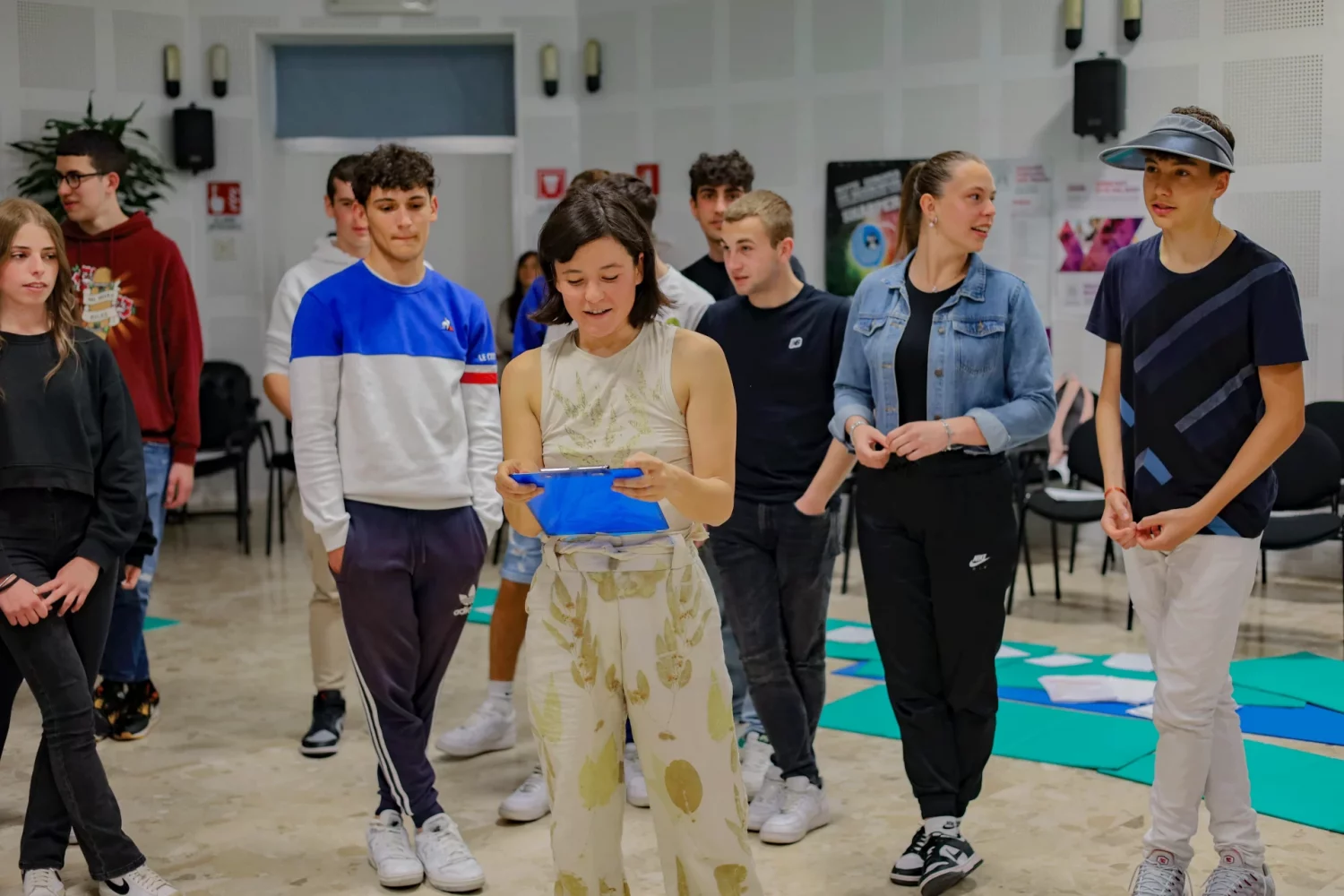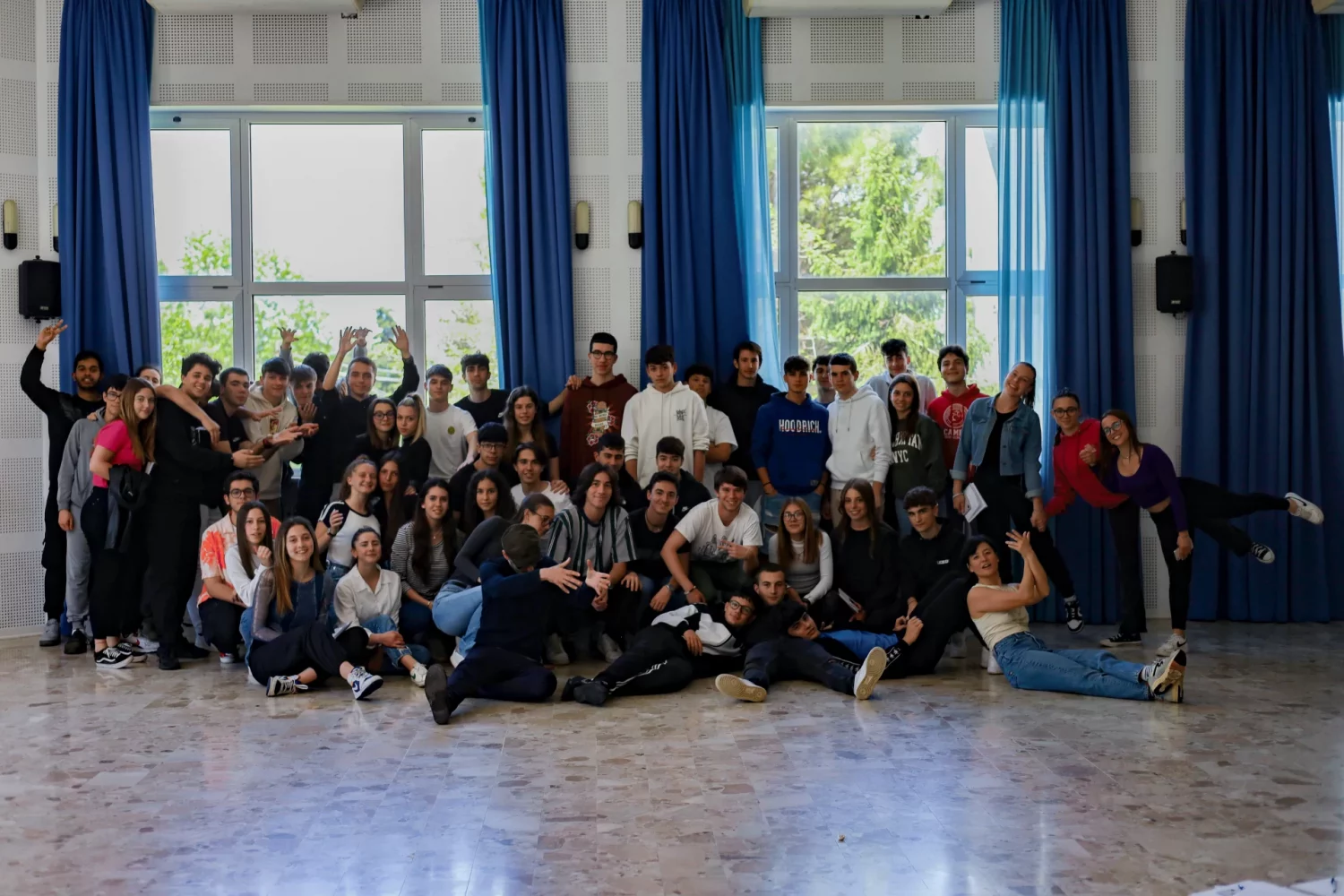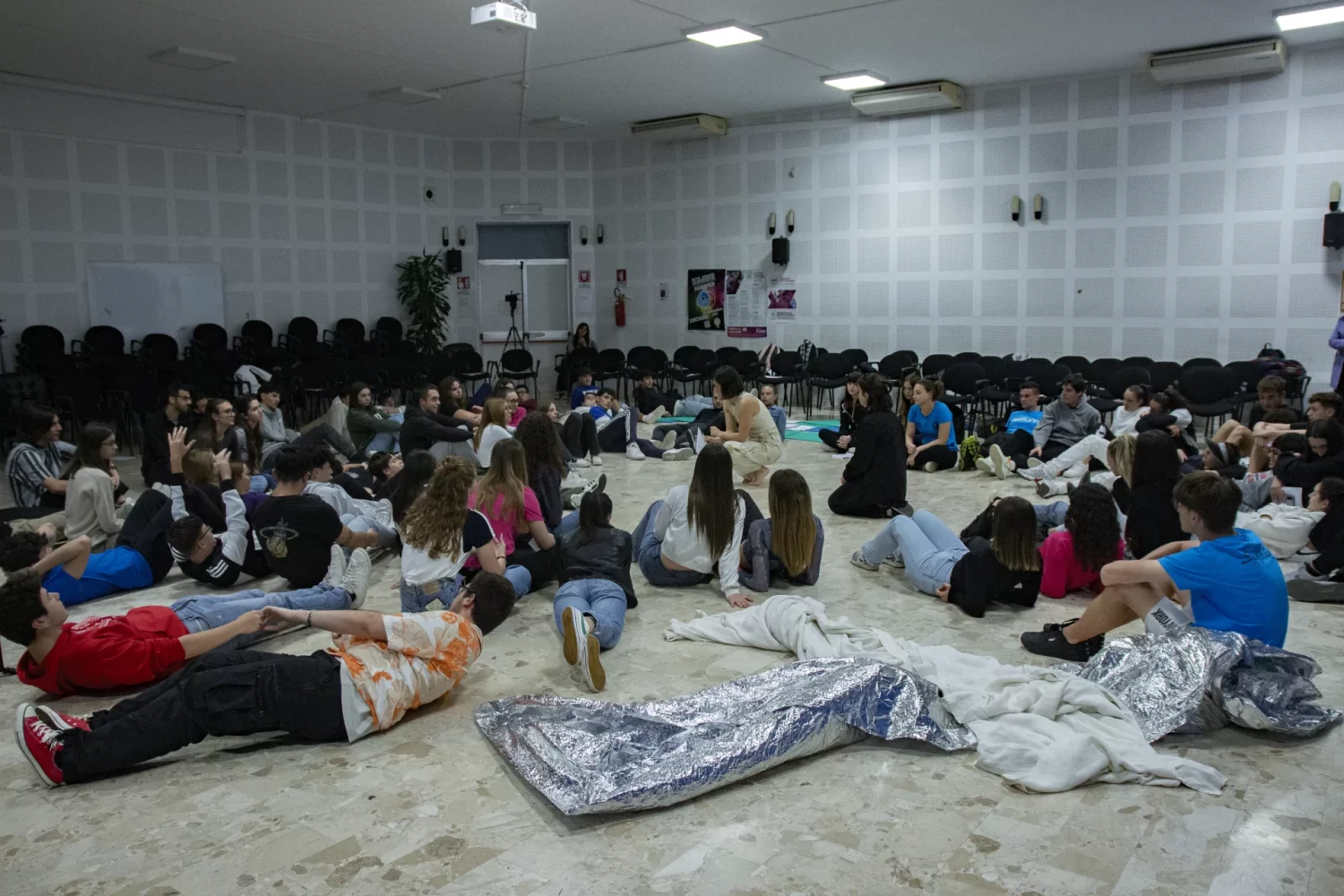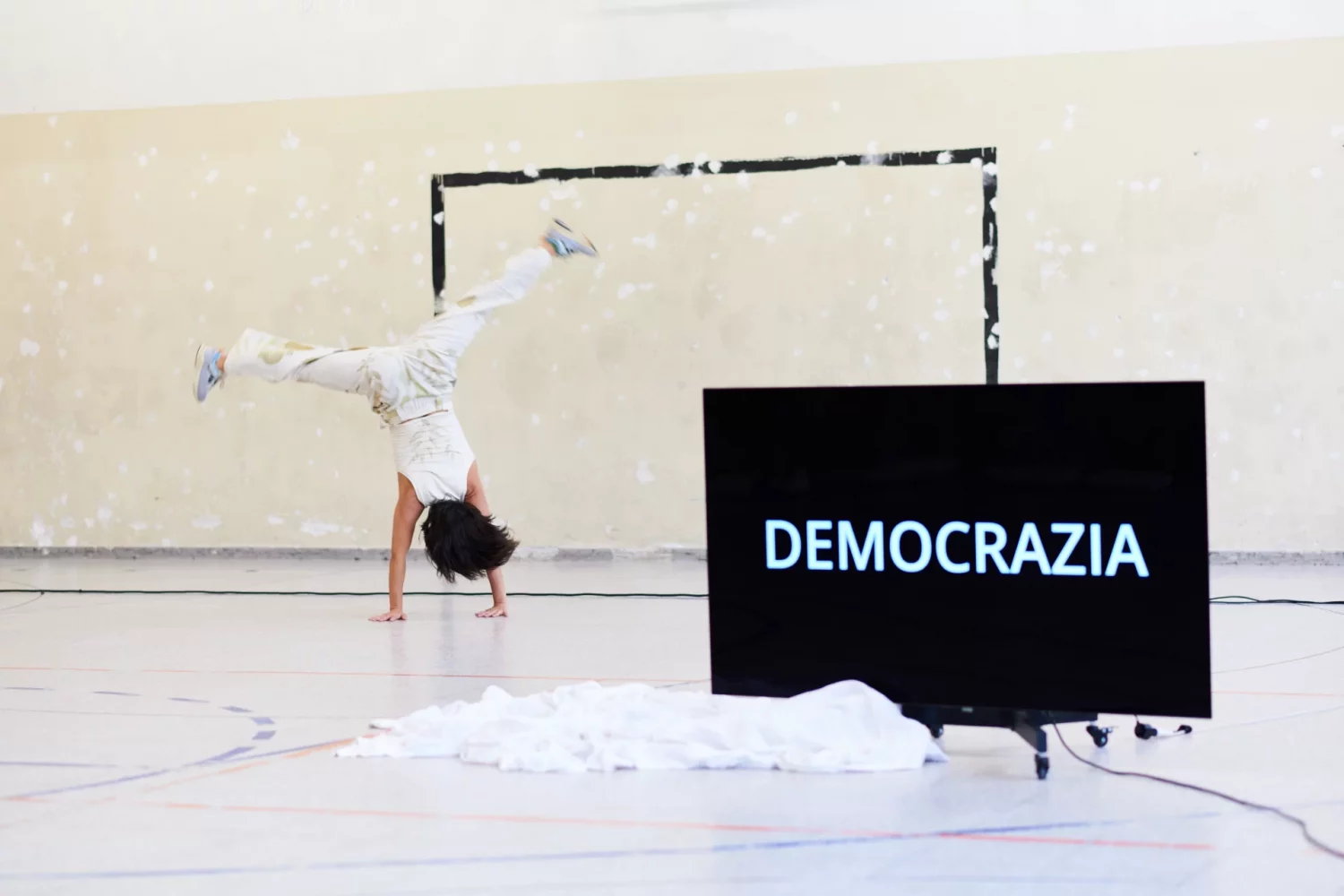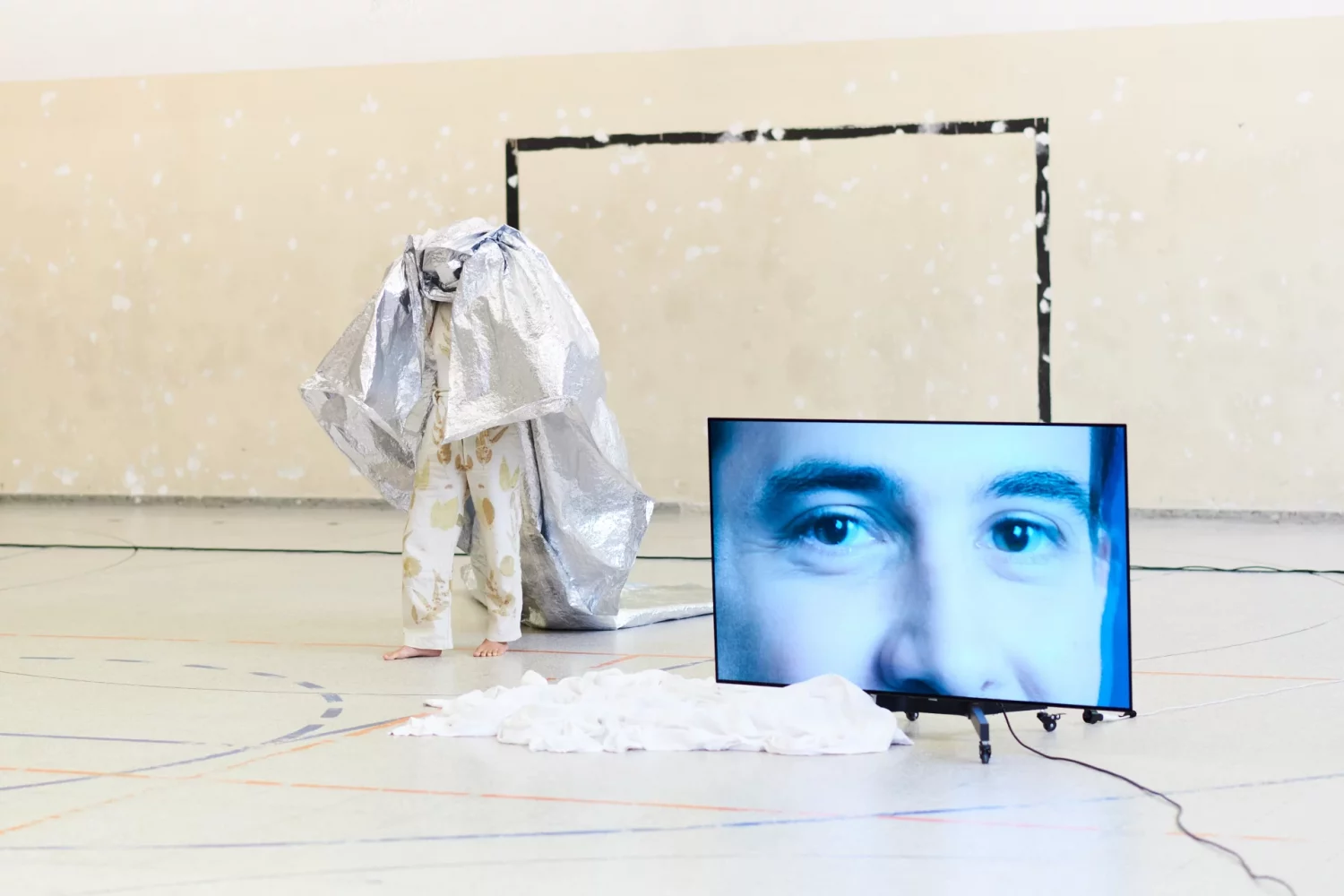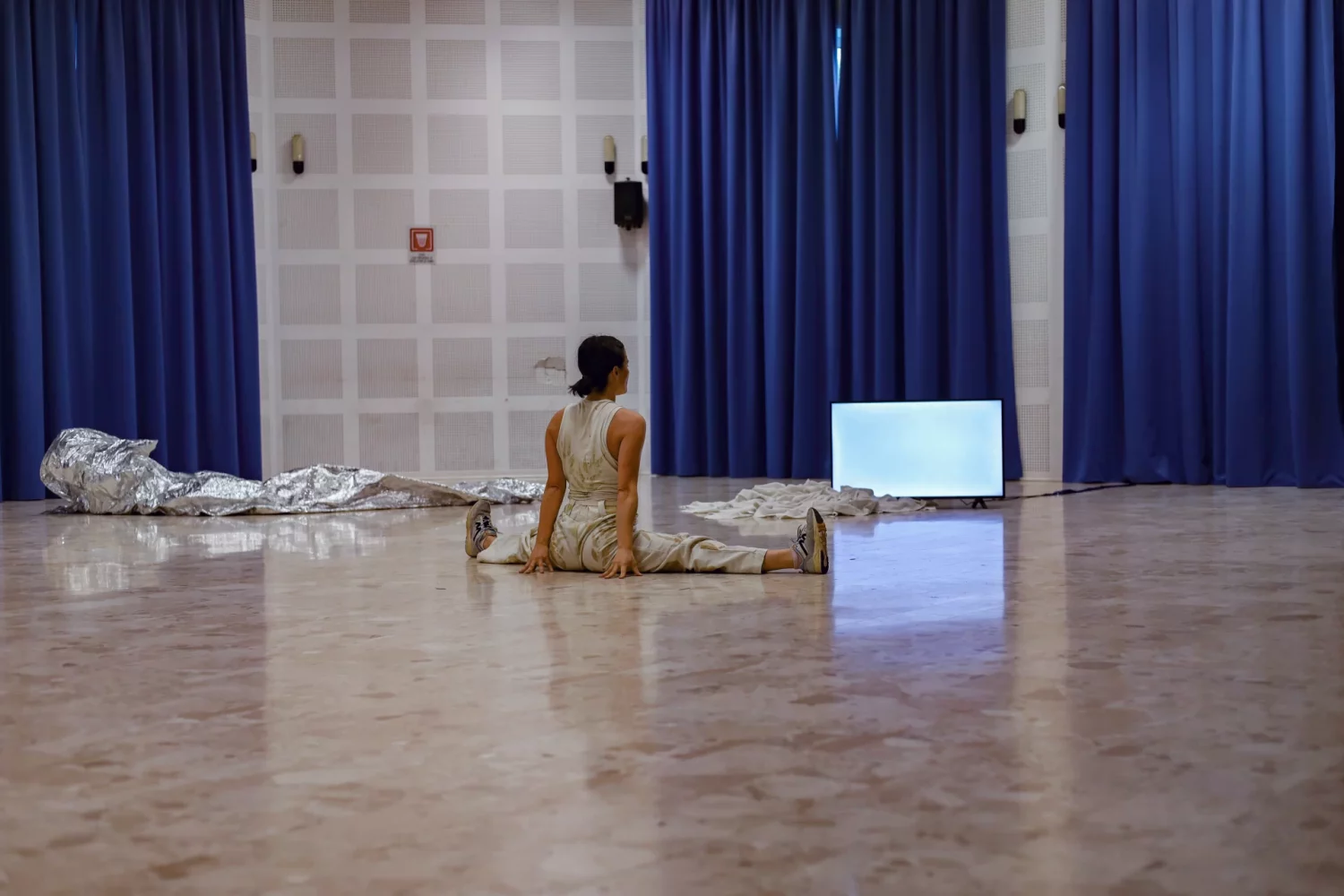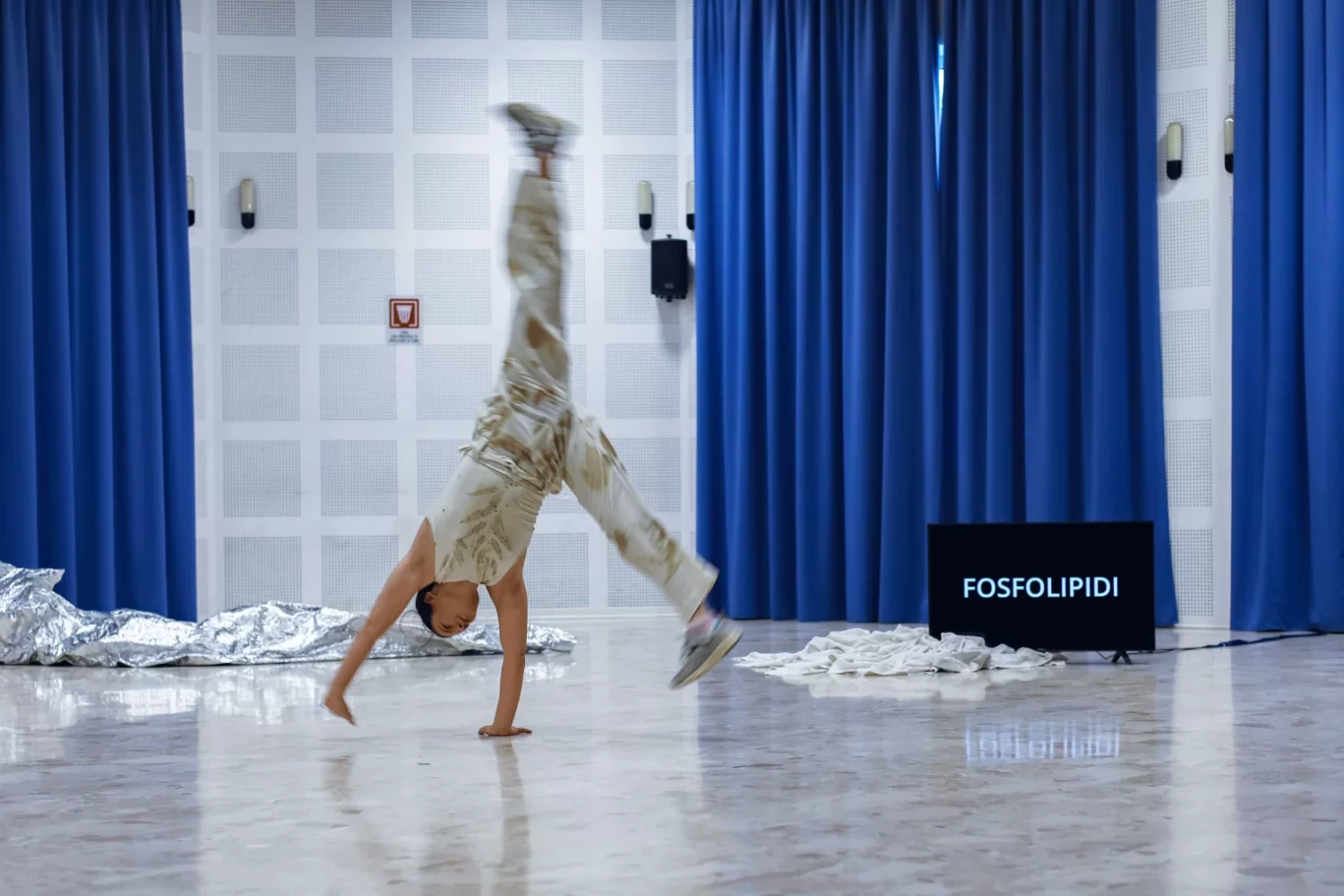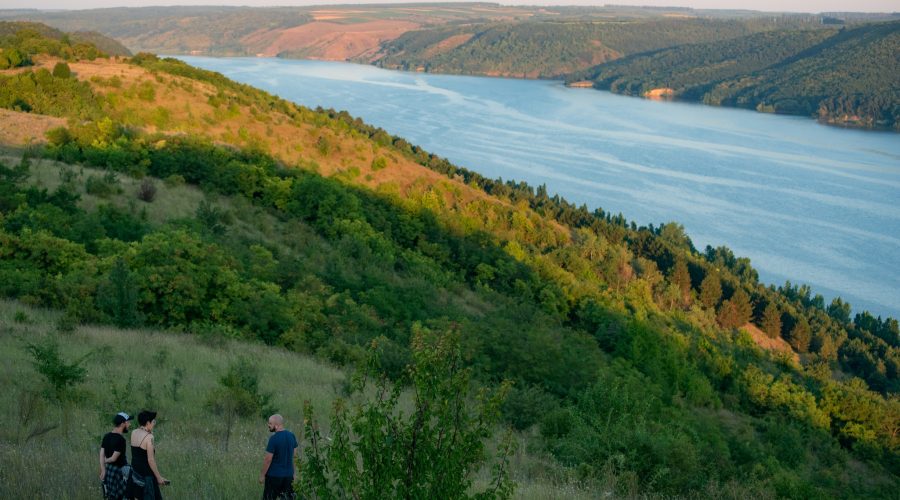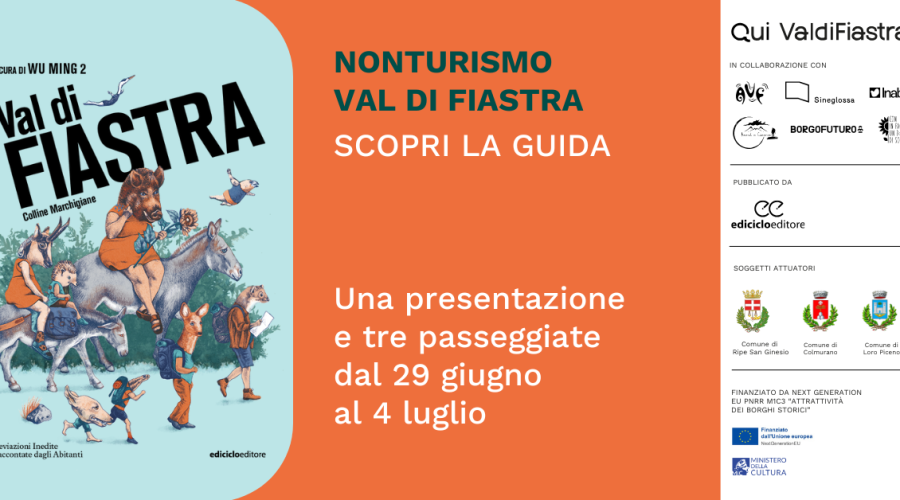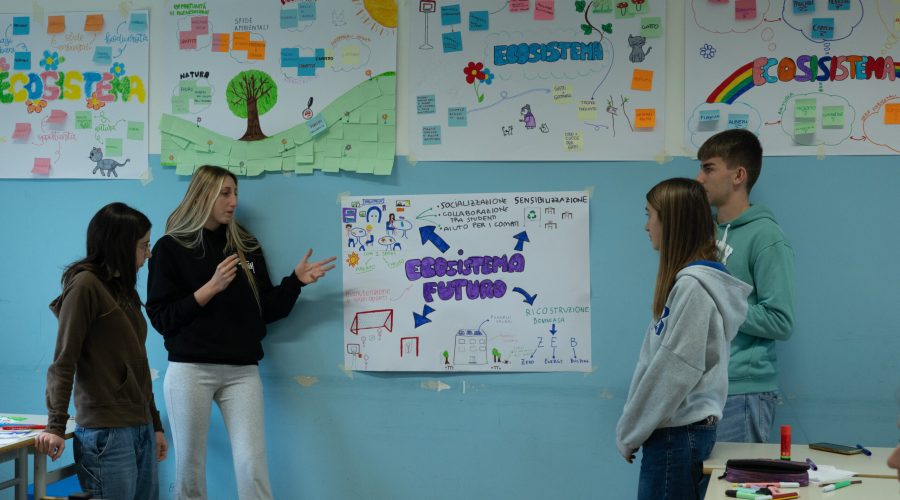What you find in this news
Why should schools promote civic engagement courses?
Involving the people who live an area in the cultural, social, and entertainment activities of that area, as well as in the decision-making processes that shape the political life of a social group, is one of the main challenges facing institutional and non-institutional stakeholders working in the cultural sector.
Informing, activating, and involving people in decisions taken at the central level increases the accountability of the decision-maker, making him or her responsible for the decision made. In addition, if those in the community are involved and share the choices, they will be less likely to oppose the decisions themselves.
At a more local level, feeling part of a community fuels people’s inclination to actively engage in improving the life, space, present and future opportunities of that community. A sense of belonging stimulates the perception of a sense of ownership, and thus care and protection toward the ecosystem in which we live, from the local to the global level. If this awareness is not enabled from the grass roots, at the level of individual individuals who make up society, no changemaking process is possible. Institutions and civil society can cooperate in this task, proposing complementary paths of civic engagement and community engagement to the younger generations. Cooperation is essential if we look at the latest data from the report “The Culture of Sustainability in Italy,” by ESG Culture LAB, re-shared by Asvis Alleanza Italiana per lo Sviluppo Sostenibile, which describes how the personal involvement and engagement of different generations is changing with respect to sustainable development goals: the over-50 generation (54-65) is said to be more focused (30 percent) and less delegation-oriented (5 percent), compared to the ‘under-40 generation. Among younger people, there is a general distrust of the ability and competence of institutions to lead the country’s transformation to a more sustainable future.
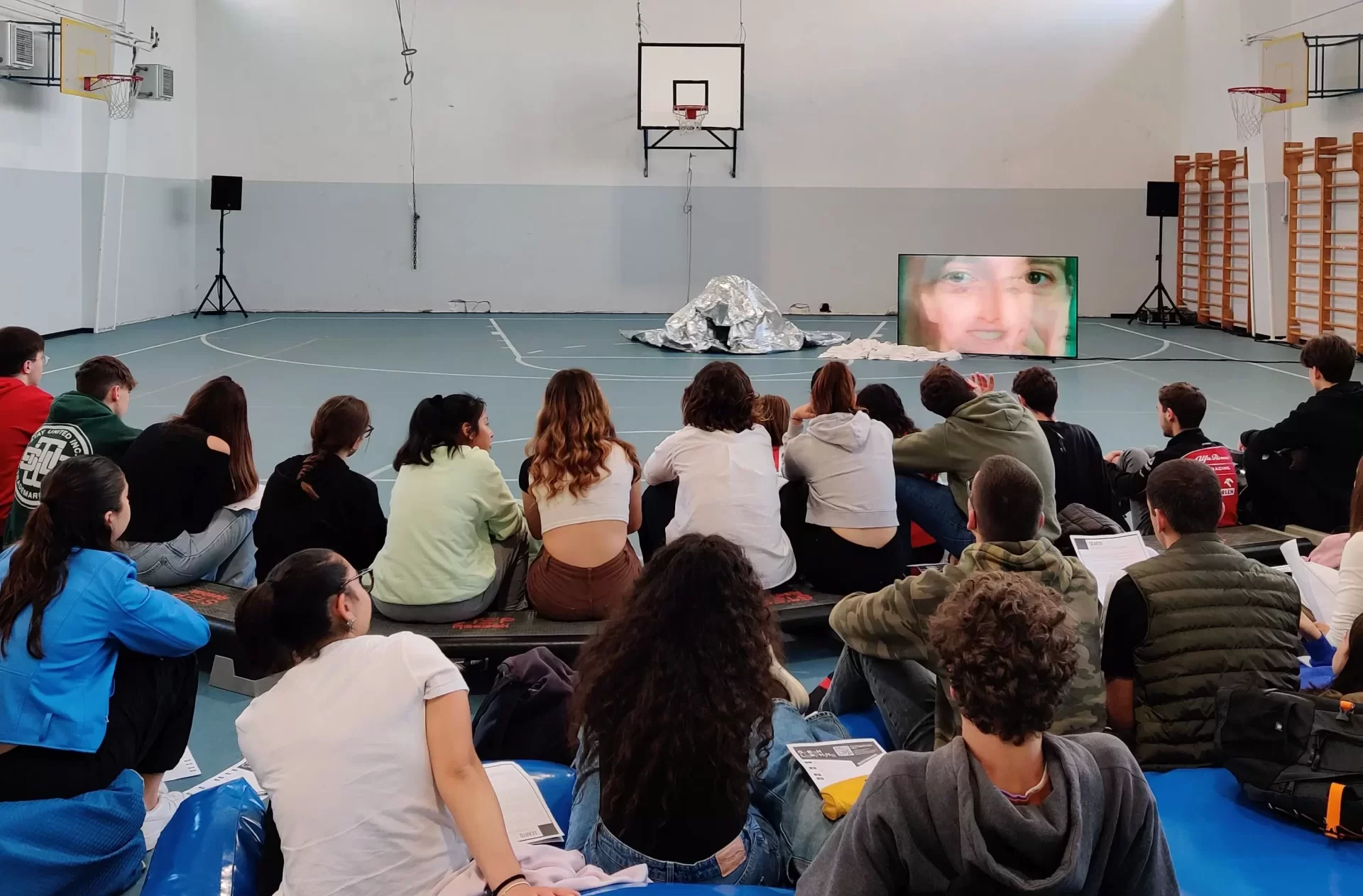
Workshops with schools in Ancona
The artistic performance as a tool for citizen engagement has been utilised in the training path ART FOR GREEN LEARNING, which was held in 2 high schools in Ancona (Istituto di Istruzione Superiore L. Cambi – D. Serrani and Istituto di Istruzione Superiore ‘Savoia Benincasa’) for a total of 112 students who attended the dance performance Scarto by the performer Masako Matsushita, between March and May 2023.
ART FOR GREEN LEARNING is part of MACHINES FOR GOOD, a project designed and coordinated by Sineglossa, in collaboration with Baltan Laboratories (The Netherlands), Ohme (Belgium), FZC – Fundacion Zaragoza Ciudad de Conocimiento (Spain), co-funded by European Union within the programme CERV.

The workshops have focused on the theme of desirable future, with the aim of raising awareness in participants on the themes of sustainability, recycling, misinformation, providing tools to imagine desirable future scenarios. Particularly, waste has been at the centre of the activities, startin with the questions the artist asked herself and to the public provocatively.
During the workshop an Artificial Intelligence tool has been used for:
- Actively engage and motivate the students in civic engagement practices;
- Introducing the sustainability theme in an interactive and innovative way, utilising the growing interest in a current theme (AI);
- Raising awareness in tech for good (i.e. using AI beyond utilitarianism), showing the usage in digital journalism;
Generating a ten lines text (can be heard also in text-to-speech mode) dealing with proactive change in relation to sustainability issues.
During the performance, the artist improvises movements starting from the AI’s textual answers. Then, students are invited to move in the performance space following the same procedure.
The dialogue between artist and IA revolves around the concept of waste: "What is waste and how many meanings does it have? How many things could we create and recreate from what we discard? What is the relationship between waste and AI? Have you ever discarded a card? Have you ever discarded something or someone? What is your favourite candy that you like to discard? Does our body generate discards? Do you think there are corners of skin discarded by our daily actions? Does artificial intelligence generate discards?").
During the last phase of the workshop, the participants interact directly with the AI, choosing the inputs from which the AI generates the text on which the performer improvises.
At the end of the workshop, the participants receive a sheet of paper, pens, and markers, to leave a comment of their experience. There is no established manner in which the comment must be presented: it can be a drawing, a text, personal or produced with others in small groups. Lastly, the comments gathered become the subject of a poster on the young generation's perception of waste.
The project results
Who participated in the workshops?
A total of 286 high school students, adolescents between the ages of 14 and 19, with a greater presence of young people in the 17-19 age group (84 participants, or 59% of the total).
As the charts above show, the sense of belonging is stronger the closer the community of reference: from the school, where youngsters spend at least half of their day; to the city and country in which they live; to the European Union.
This was further confirmed by the next question, which asked participants whether there were any other communities to which they felt they belonged: around 80% answered “no”.
Then, we asked the remaining 20% which community they belonged to: the answers split between sports team or group, country of origin, scout, church, family, LGBTQ+ community.
In this sense, it is interesting to notice the percentage of answers referring to cultural background rather than that relating to everyday life (particularly one’s own or one’s family’s country of origin, accounting for 20% of the answers).
Moving on to active citizenship, if as the charts show younger people demonstrate strong activism in relation to sustainable behaviour, the percentage of activism declines sharply when moving from the adoption of sustainable practices to civic activism: only 20% of all participants declares to regularly engage in civic activism practices.
What forms of civic activism do you practise?
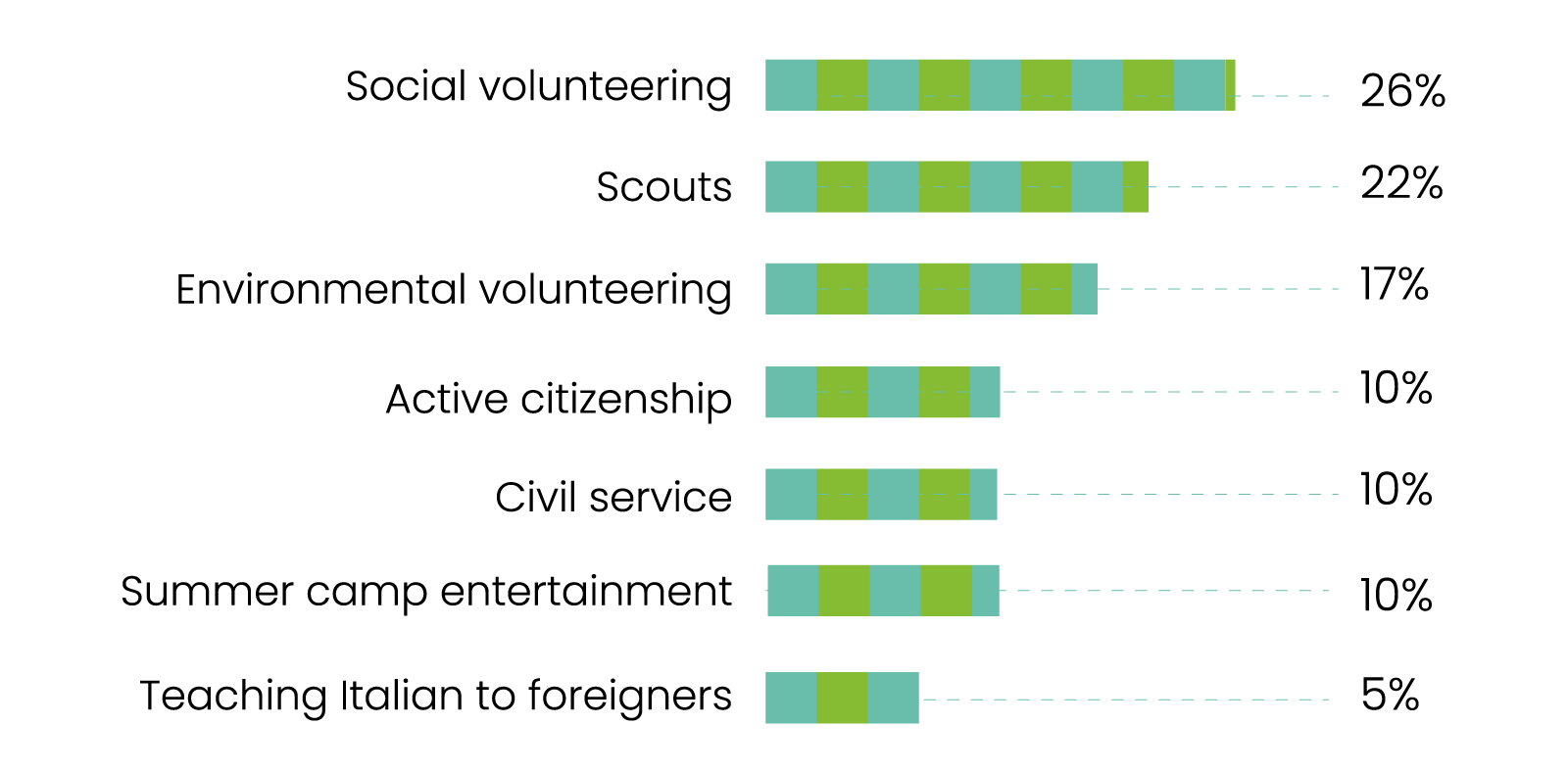
Of those who would like to start, someɜ specified which activity they would like to undertake:
- 17% would like to undertake a general volunteering activity;
- 3% specified that they would like to undertake environmental volunteering or animal care activities (volunteering in animal shelters);
- 0.8% indicated active citizenship initiatives;
Among those who answered that they would not like to start, 5% specified that they had no time to devote to civic activism.
